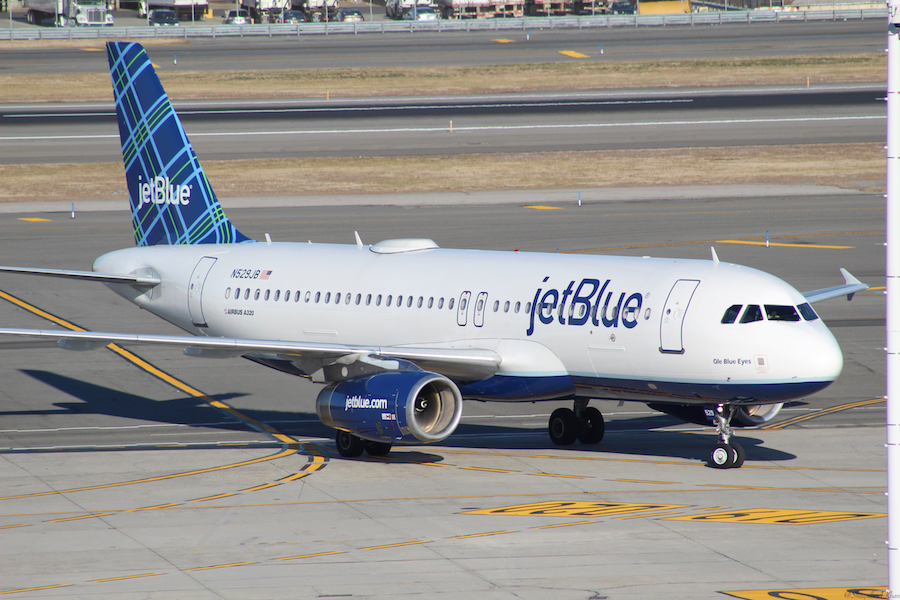The Delta and US Airways shuttles from New York to Boston and Washington are the archetypal power flights, relied upon by politicians, Wall Street executives, and other business travelers for their hourly service and privileged ambience.
more stories like thisBut in the last few years, security lines, delays, and the end of the guaranteed-seat policy have undermined their basic formula, which long depended on a dedicated fleet and quick airport turnarounds to deliver more reliable service than other major airlines.
“There was a time when the shuttle routes were the busiest markets in the country,” said Joe Brancatelli, who runs a business travel website, joesentme.com. “But the shuttle’s moment, and it was a glorious moment, may have passed.”
Airline executives acknowledge today’s shuttle is a far cry from the service pioneered by Eastern Airlines in 1961, when passengers could waltz up to the gate without a reservation minutes before takeoff. Eastern also guaranteed a seat to anyone, even if it meant rolling out an extra plane.
The New York-Washington route is still among the top 10 to 15 domestic routes, with more than 2 million passengers a year, according to the Bureau of Transportation Statistics, and New York-Boston isn’t far behind.
But New York is number one in a less favorable category – the most flight delays, counting the area’s three airports. Overall, 2007 was the second-worst year on record for airline delays, according to the Transportation Department.
Perhaps the biggest change came in 2005, when both shuttle airlines quietly phased out the guaranteed-seat policy.
Now, the shuttle lines are emphasizing the experience of flying the shuttle, whose published fares can reach nearly $700 round trip, though many regulars receive corporate discounts.
US Airways now offers a first-class compartment, a change partly born of necessity, since the airline wanted the flexibility to move aircraft between the shuttle and its mainline operation. On the day of departure the airline allows fliers to upgrade from coach for $50.
US Airways also allows fliers to reserve seats in advance, while Delta has an open-seating policy. Both offer free wine, beer, coffee, and snacks, more generous legroom, and free newspapers and magazines in their boarding lounges.
Those amenities are attractive to some fliers. Meghan McCartan of Berkeley Heights, N.J., regularly flies Continental out of Newark, but last year she decided to try the Delta shuttle for a one-day trip to Boston. Arriving at La Guardia’s Art Deco Marine Air Terminal, she stepped into a scene that contrasted sharply with the motley crowds that jam most airports these days.
“It was so civilized,” she said in a post to the website she founded, Detours and OnRamps, which addresses concerns of working mothers. “No crowds of kids and suitcases, it’s all just business.”
But her next shuttle trip was a different experience. A canceled flight and a long line at security left her cooling her heels for two hours at Logan.
But she is still a shuttle fan.
“Maybe it’s the free wine and the crackers and cheese they give you,” she joked in an interview, “but it’s still better than coach on another airline.”
boston.com
He aha e lawe ʻia mai kēia ʻatikala:
- more stories like thisBut in the last few years, security lines, delays, and the end of the guaranteed-seat policy have undermined their basic formula, which long depended on a dedicated fleet and quick airport turnarounds to deliver more reliable service than other major airlines.
- The New York-Washington route is still among the top 10 to 15 domestic routes, with more than 2 million passengers a year, according to the Bureau of Transportation Statistics, and New York-Boston isn’t far behind.
- US Airways now offers a first-class compartment, a change partly born of necessity, since the airline wanted the flexibility to move aircraft between the shuttle and its mainline operation.






















